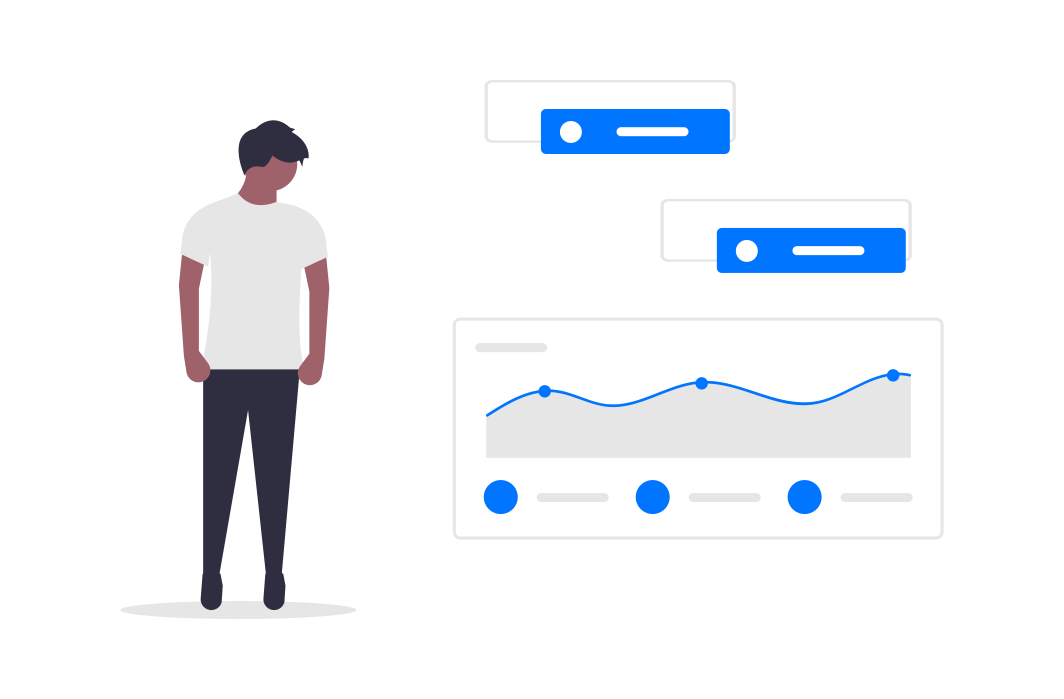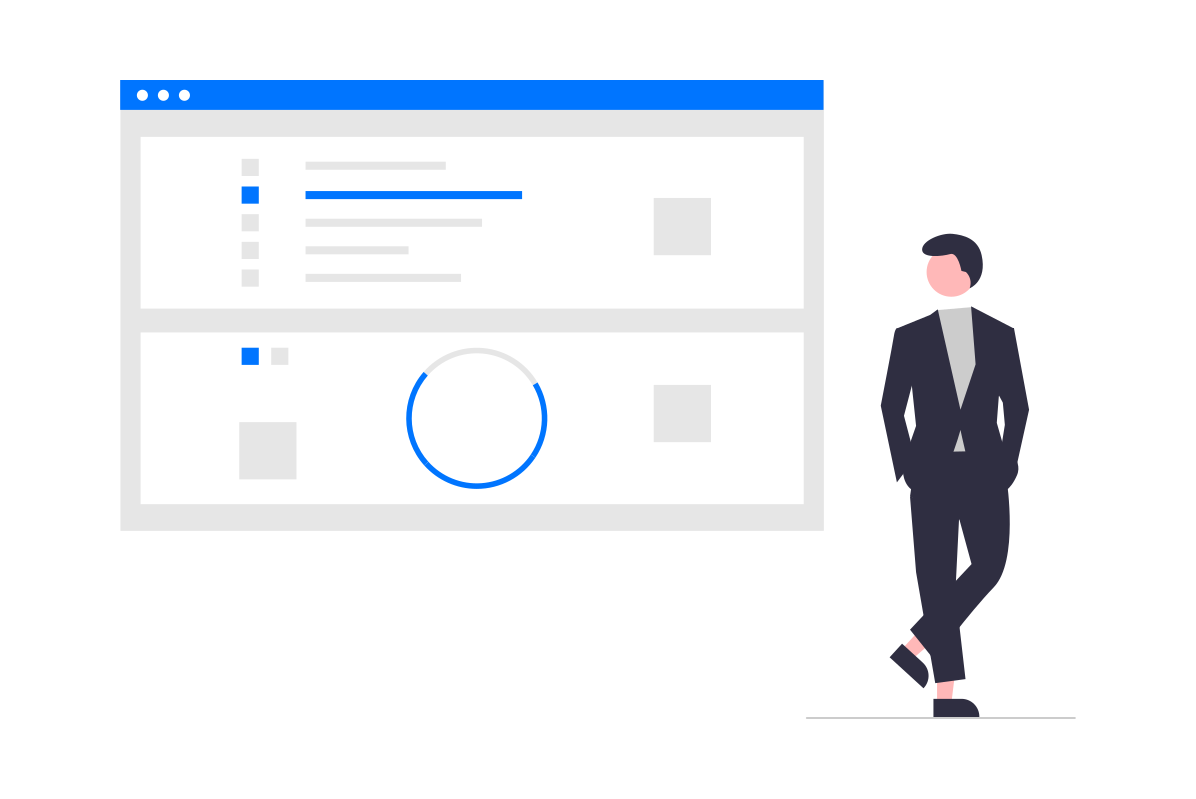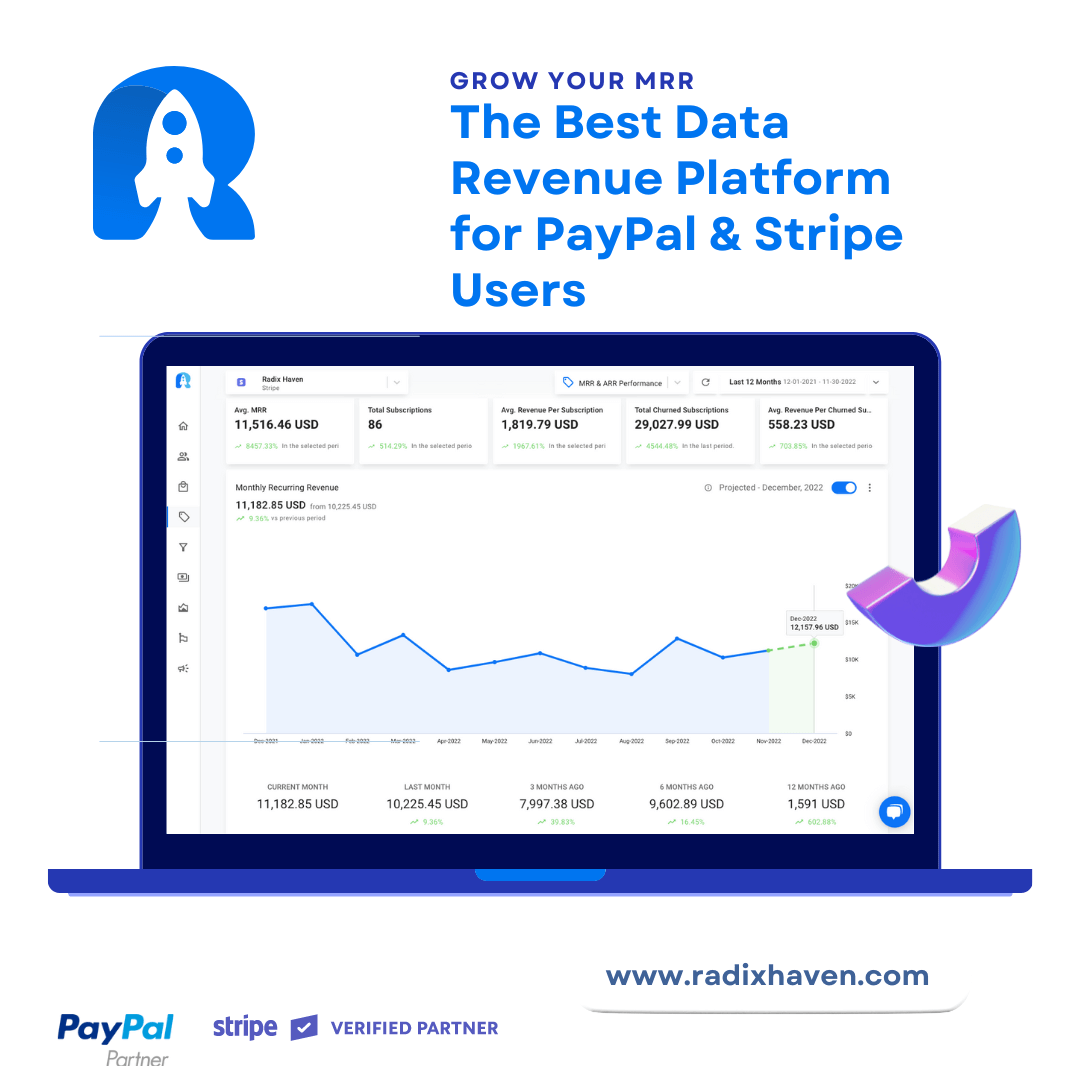As a SaaS business owner, you need to track key metrics to ensure the success of your business. One of the most important metrics to track is ARPA, which stands for Average Revenue per Account or Average Revenue per User. In this blog post, we’ll explain what ARPA is, how it’s calculated, and why it’s so important.
What is ARPA?
ARPA is a metric that measures the average amount of revenue generated by each account or user. It’s calculated by taking the total revenue generated by your SaaS business in a given period and dividing it by the number of accounts or users you have during that same period. For example, if your SaaS business generates $100,000 in revenue in a month and has 1,000 users, your ARPA for that month would be $100.

Why is ARPA Important?
ARPA is an important metric for several reasons. First, it gives you a clear picture of your business’s revenue-generating potential. If your ARPA is high, it means that you’re generating a lot of revenue per user or account, which is a good indicator of your business’s overall health.
Second, ARPA is a key metric for measuring the effectiveness of your pricing strategy. If your ARPA is low, it may be an indication that your pricing strategy needs to be adjusted. You may need to raise your prices, change your pricing model, or offer additional features or services to increase your ARPA.
Finally, ARPA is a metric that investors and stakeholders pay close attention to when evaluating the potential of a SaaS business. A high ARPA indicates that your business has a strong revenue-generating potential and is more likely to attract investment and interest from stakeholders.

How to Increase ARPA?
Now that you understand what ARPA is and why it’s important, let’s talk about how to increase it. Here are a few strategies that you can use to increase your ARPA:
- Offer tiered pricing: Tiered pricing is a pricing model that offers different levels of service or features at different price points. By offering tiered pricing, you can appeal to a wider range of customers and generate more revenue per user.
- Upsell and cross-sell: Upselling and cross-selling are strategies that involve offering customers additional products or services. By upselling and cross-selling, you can increase your revenue per user without having to acquire new customers.
- Improve retention: Retaining customers is a key strategy for increasing your ARPA. By improving your retention rates, you can generate more revenue from each customer over time.

Why Use Radix?
Radix is a powerful tool that can help you reduce churn and boost overall KPIs, including ARPA. Radix uses machine learning algorithms to analyze customer behavior and identify patterns that indicate a customer is at risk of churning. With this information, you can take proactive steps to retain customers and increase your ARPA.

Conclusion
In conclusion, ARPA is a key metric for measuring the success of a SaaS business. It’s important to track your ARPA regularly and use strategies like tiered pricing, upselling, and improving retention to increase it. Additionally, by using tools like Radix, you can reduce churn and boost your overall KPIs, including ARPA. So, if you’re looking to improve the health of your SaaS business, make sure to keep a close eye on your ARPA and consider using Radix to help you achieve your goals.





